College of the Desert awarded NASA grant to research oxygen extraction from Mars
Three professors want to put College of the Desert on the map — from Mars.
Or, more accurately, they want to expand the community college’s visibility on a universal scale through the newly awarded M-STAR grant of $900,000 from NASA. What's the proposed project? “A Penetrolyzer for Extracting Oxygen and Hydrogen from Mars Regolith.”
COD was one of nine colleges in the country, and the only California community college, to receive the honor this year. The grant funding is an effort by NASA to help Minority-Serving Institutions strengthen its science, technology, engineering and math — aka STEM — academic offerings.
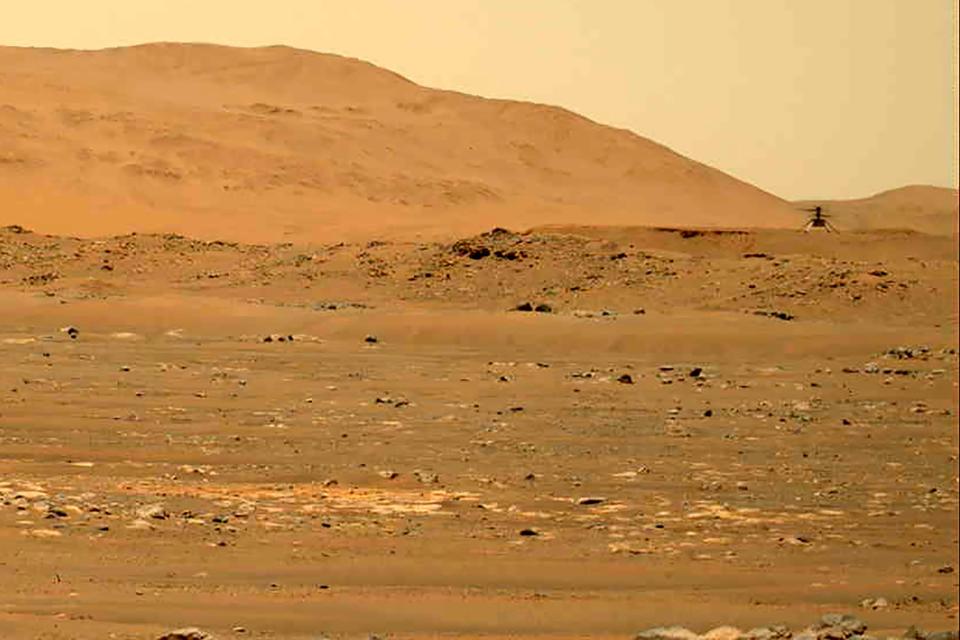
How can researchers at COD make life on Mars sustainable?
The MUREP Space Technology Research opportunity additionally supports NASA’s mission in developing research and technology that align with its needs for upcoming Artemis missions to the Moon.
“The main focus of the proposal is to support humans for future exploration of Mars,” said Dr. Ahmed ElShafie, who holds a doctoral degree in space and planetary science. The associate professor of physics and astronomy at COD will serve as the primary investigator of the project.
In other words, they’re researching how to make life on Mars more sustainable.
Holding up a black Expo marker, Michael Gariety — a newly-tenured professor of physics at COD and one of the co-investigators — said before a public presentation Friday at COD that the prototype they plan to design, build and test would be around the size of that writing instrument: at least 15 centimeters in length with a diameter of approximately 1 to 5 centimeters.
“(It) will basically penetrate the soil to a small depth, soil will enter into the instrument, and then there will be an electrolyzing chamber with electrodes,” he said.
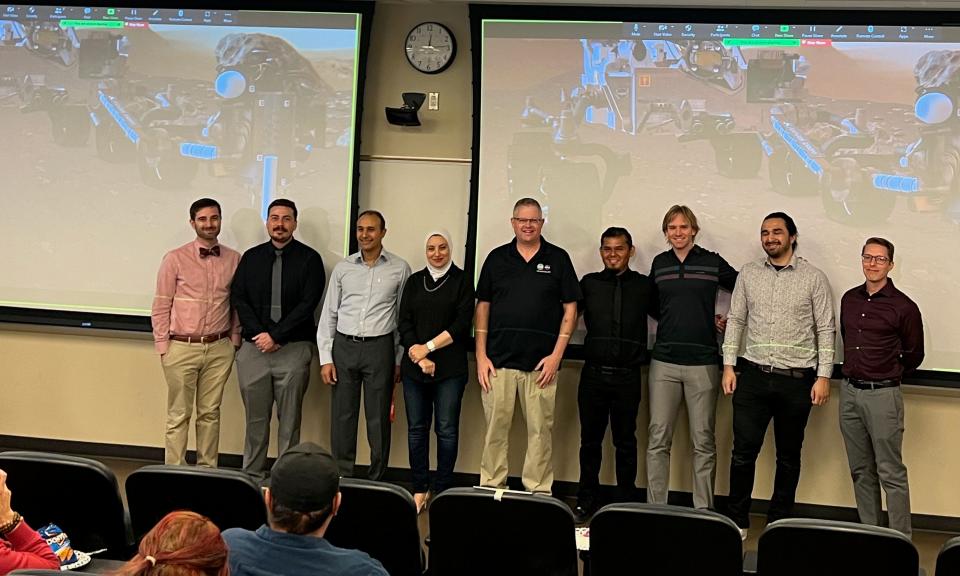
Brines may hold the key to extracting oxygen from Mars
Dr. Amira Elsenousy, an adjunct professor of astronomy at COD — who also earned her doctoral degree in space and planetary science — will additionally serve as a co-investigator of the project.
“If we’re sending out humans to Mars,” she said, “you need to plan to support them with everything they need, like water, oxygen — a lot of stuff.”
Drawing from her previous research expertise, she explained that the soil on the subsurface of Mars contains a brine, a salty water material, that is hygroscopic. The brine found on Martian soil contains a chemical compound called perchlorate. And Mars, Dr. Elsenousy said, has perchlorates distributed globally.
The caveat: “(Perchlorates) are really toxic for humans,” Dr. Elsenousy said. “If you are human and on the surface of Mars, you have to deal with this. So why not use it in an advantageous way?”
Bad news for humans, but good news in that the chemical compound keeps the water stable on the surface of Mars. The instrument’s electrolysis — explained earlier by Gariety — would then pull oxygen away from those molecules.
“We plan to develop the science on every single brine that exists on Mars,” said Gariety, ”and hopefully be able to show to NASA, and the world, that it can be done. This is a first-ever attempted experiment to extract oxygen from Mars.”
The professors noted a previous mission on Mars to pull the oxygen from the air, but it was too energy intensive to separate the oxygen.
“So we’re coming up with a novel idea to get it from the soil of Mars instead of the air,” Gariety said.
Once verified, built and demonstrated, the plan, he said, is to scale it up and send rovers to Mars, where their instrument would then extract oxygen over time.
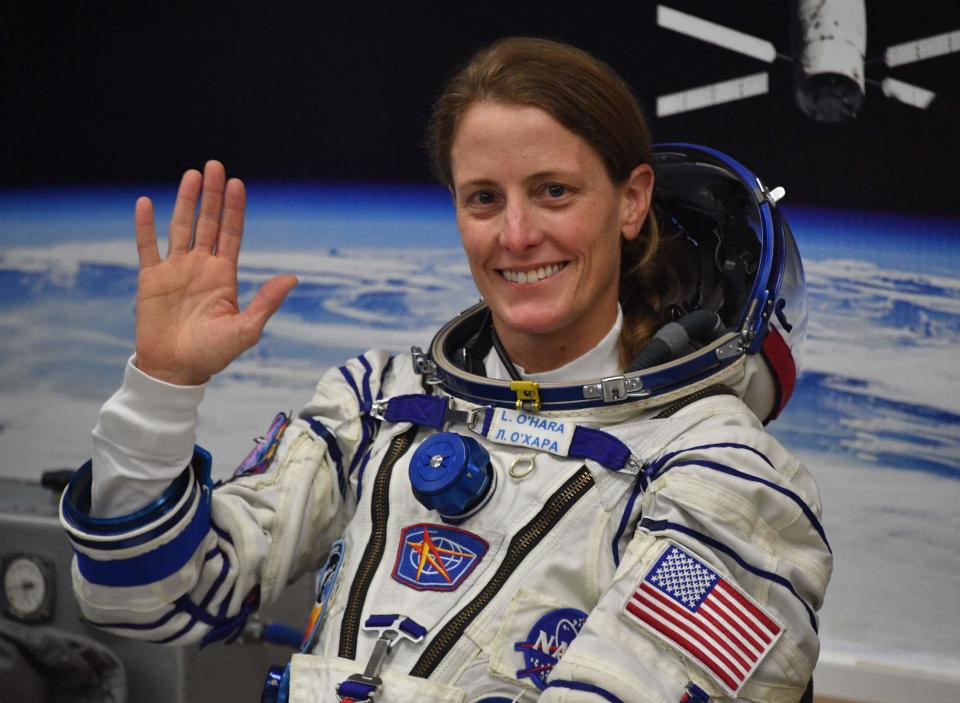
The project could be a major win for NASA astronauts
Simply put, this project could help produce the oxygen needed by astronauts to breathe on-site when they reach Mars in the 2030s.
"We are doing this also under martian conditions," said Dr. Elsenousy. "We have a chamber that can mimic that environment."
Over the course of the next three years, they expect to conduct over 1,200 tests by varying factors using the scientific method. Collaborators from the University of Arkansas and Nanomatronix will also test their prototype to ensure it survives under harsh conditions.
The professors will be joined by David Jackson, who will serve as the student collaborator. Jackson assisted the professors during the preparation of the proposal earlier in the year.
“He is a wizard,” Gariety said. “Computer programming, electronics, 3D printing, systems integration, everything. If you need something done on a project, he’ll do it. It’s amazing to have that kind of an asset.”
When the team first began the proposal back in March, they were initially working on a different grant and urgently switched gears due to the looming and immediate deadline of the M-STAR grant.
"We stopped what we were doing and started the (new proposal)," Gariety said. "We had five weeks to turn it in — from designing an experiment in five days. We worked all day, every day, all hours."
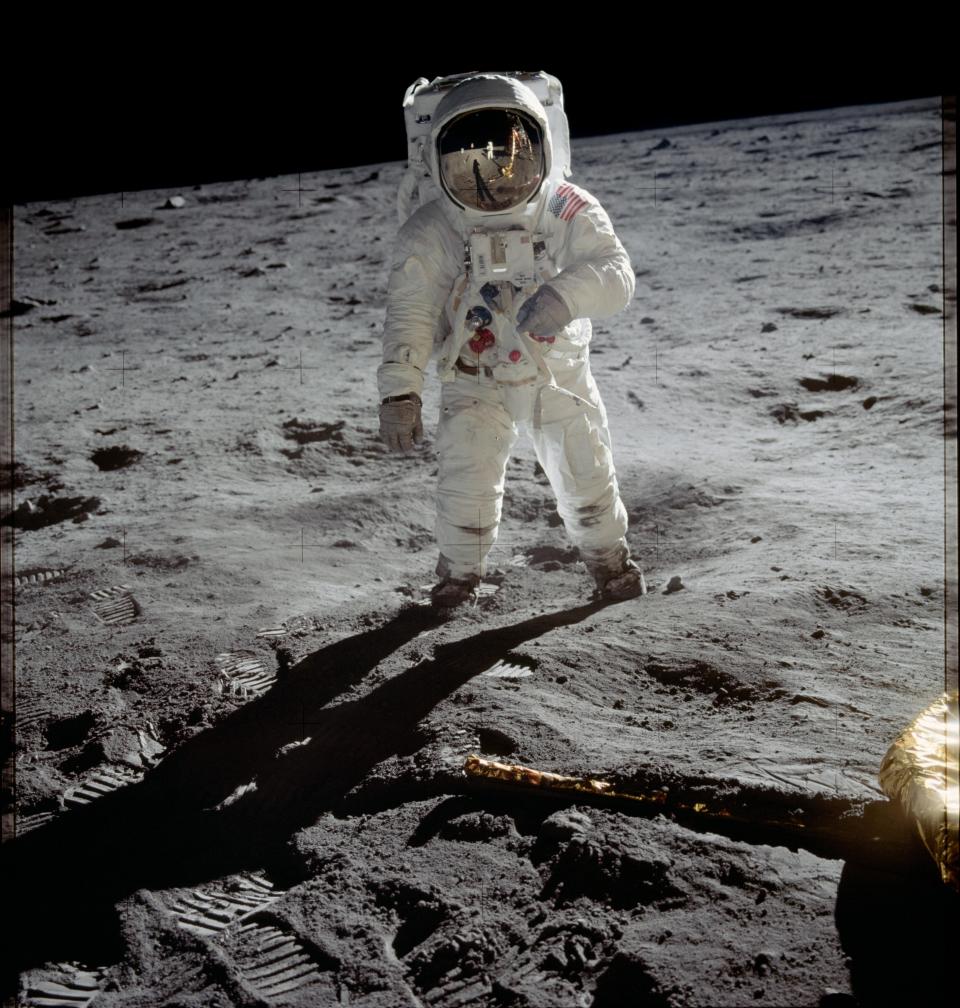
"Everything was done in five weeks, from start to scratch, said Dr. ElShafie including building, testing, analyzing, protyping..."
"...including the idea itself," Dr. Elsenousy finished.
Not for a moment did they believe their work would be accepted by NASA. But they got the good news in July.
"I went and got a steak dinner," said Gariety.
Ultimately, of course, it was an honor.
"We were happy and overwhelmed at the same time," said Dr. ElShafie. "Happy that we got the grant, that only two community colleges got it. It is so prestigious in the history of the community colleges."
However, during those five weeks, they found they needed to create every tool for the prototype on their own as there was nothing to buy commercially off the shelf.
"Everything that we do is completely innovative," said Dr. ElShafie.
The immediate challenge of innovation is the learning curve and its ongoing process.
"Students will learn in this phase (that) you need to work hard. You need to do your work. You need to study well," he said.
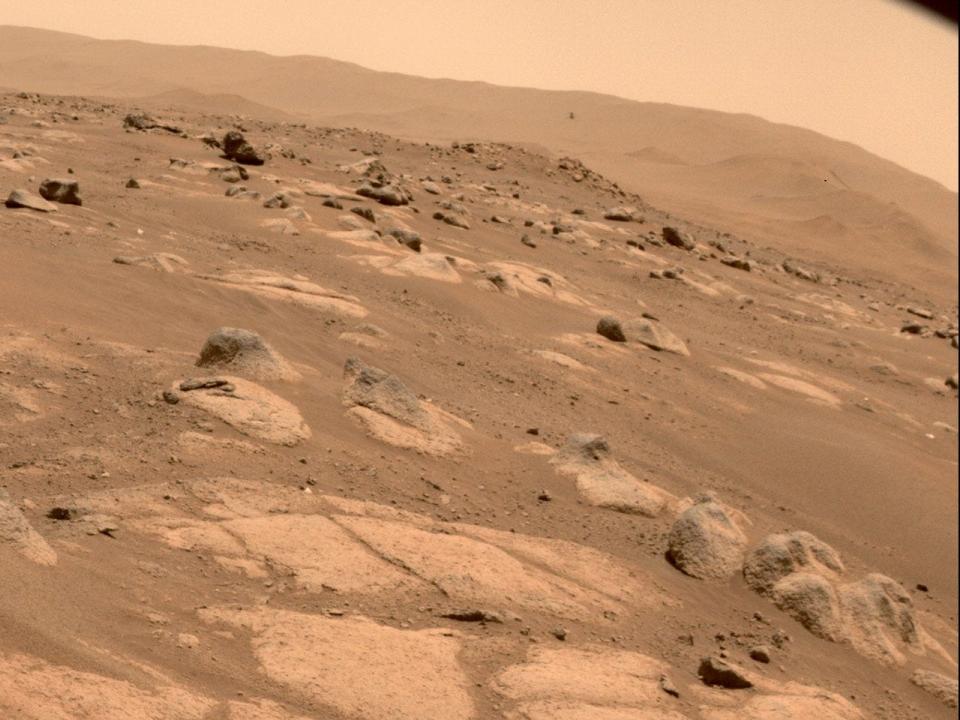
That's the part, Dr. ElShafie said, that students need to learn and practice in their life.
"If they're going to be engineers, that's what engineers do," Gariety said. "It's just troubleshooting. And that exercises all kinds of critical thinking skills. They're going to be levels above their peers when they transfer because of that... thought process that they're developing."
Dr. ElShafie noted that it's hard to develop scientists that can do both science and engineering.
"It's always a fight between scientists and engineers," he said. "So to develop the mentality or the expertise, in other words, for people who can think like a scientist and apply it as an engineer, that is the critical part."
The funding will fully support 20 student researchers during the three-year research period. Of the 20, six students will have the opportunity to pursue a 10-week paid summer internship with NASA’s Jet Propulsion Laboratory in Pasadena.
“That’s a life changer,” said Dr. ElShafie. "The name of COD has started to be known to NASA very well, but also to other four-year universities. This will open up collaboration, transferability, confidence, and confidence from our community. That’s the goal.”
The first five student researchers — who will start on Monday — consist of Jazmin Chavez, Cody Frank, Xitlaly Lopez, Ezequiel Rodriguez and Miguel Rodriguez.
At Friday's public presentation of their project, Miguel Rodriguez emphasized his excitement for the opportunity to work with NASA.
"As a person of color, I think it's very important," he said.
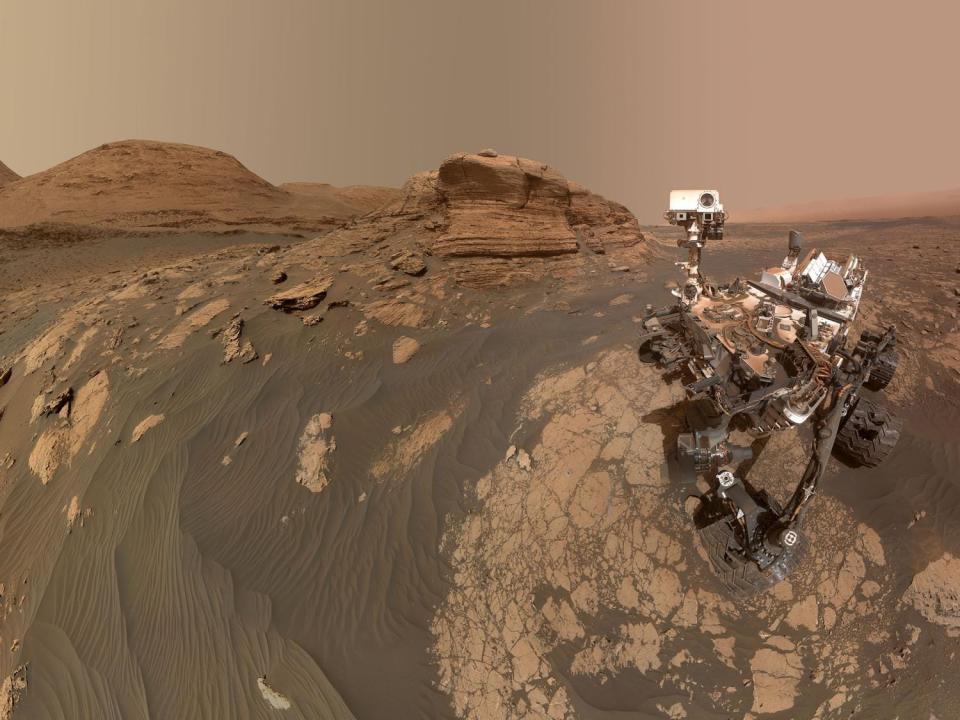
The professors intend for the students to attend conferences to represent the community college, their grant, but to help them build connections with different networks and different research ideas. The team will continue to broaden the reach and awareness of the project through community outreach, particularly in K-12 schools throughout the Coachella Valley.
“What we’re doing here is getting the students excited to know that there’s great NASA opportunities right here,” said Gariety. “You don’t have to go to MIT or Harvard.”
Dr. ElShafie shared a similar sentiment.
“Rocket science is not hard,” he said.
“That’s the message that we need to deliver to the community: that COD is capable,” continued Dr. ElShafie. “You don’t have to go to Harvard or Stanford to do outstanding stuff. Outstanding stuff is here with the effort of these great faculty.”
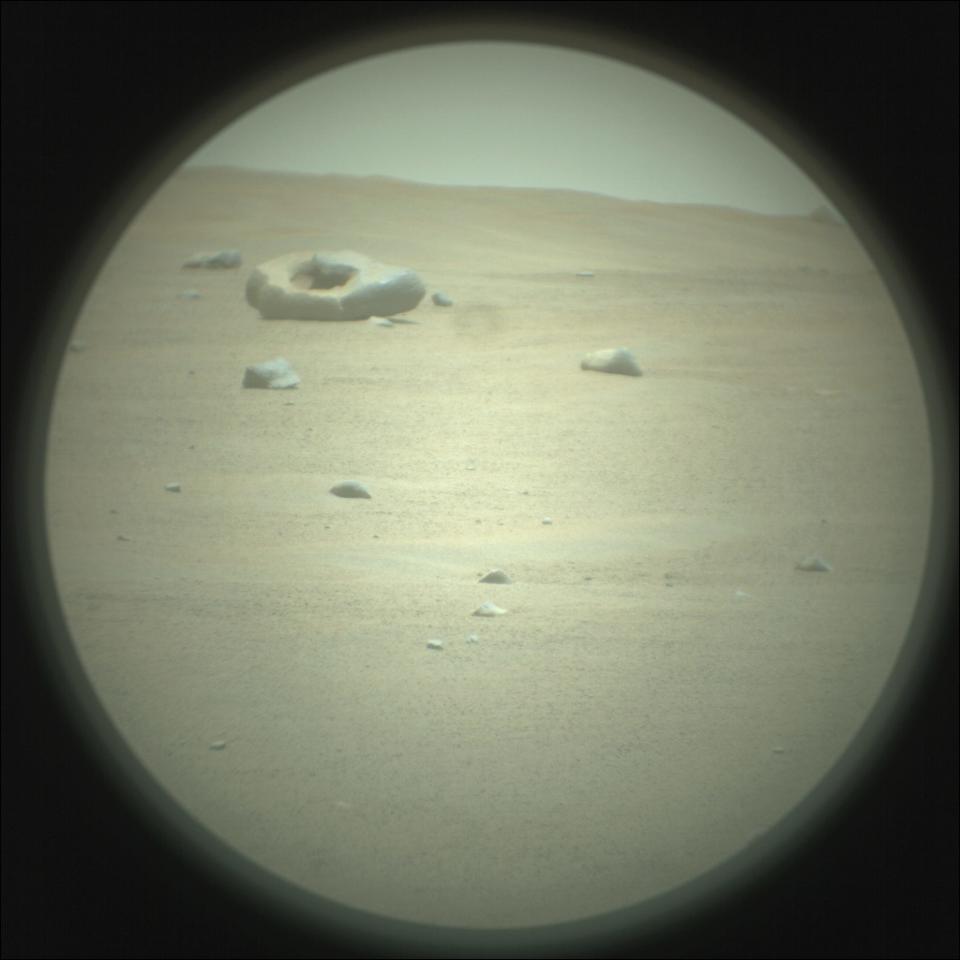
COD's previous collaboration with NASA began when they were first awarded a grant to design, build, and launch a satellite over the Salton Sea to measure its carbon dioxide emissions.
At the time, Dr. ElShafie was sure they were going to create history.
"And now, we're going to make more history," he said.
"Just keep pumping out history," added Gariety, eliciting laughter from the team.
Jennifer Cortez covers education in the Coachella Valley. Reach her at jennifer.cortez@desertsun.com.
This article originally appeared on Palm Springs Desert Sun: COD awarded NASA grant to research oxygen extraction from Mars

